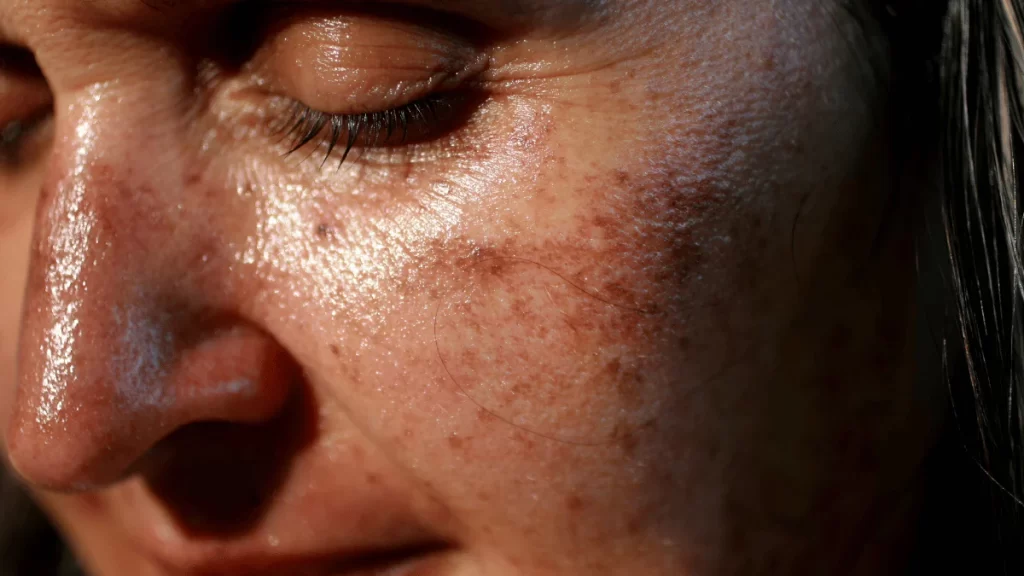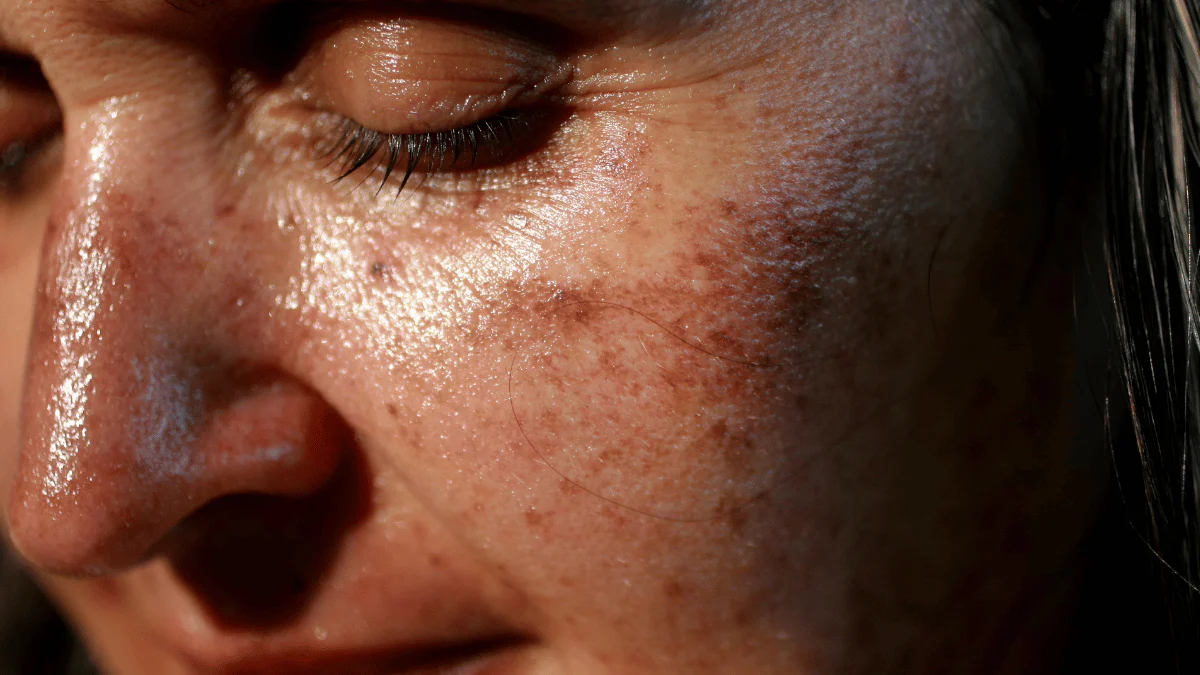The skin, our primary barrier against the environment, faces continuous UV exposure—triggering lipid peroxidation, barrier damage, and inflammation. Cosmetic lipids like oleic acid (OA) and linoleic acid (LA) are widely used, but their unsaturated nature makes them photochemically unstable under UV stress, potentially accelerating skin aging and causing inflammation—especially for oily/acne-prone skin.
In contrast, squalane (SQ), a saturated hydrocarbon, is oxidatively inert and maintains barrier integrity without participating in enzymatic lipid metabolism. This study explores how these lipids perform under UV stress.
Methods
KM mice were exposed to UV for 6 weeks while being topically treated with 1%, 5%, or 10% SQ, OA, or LA. Skin damage was assessed visually and histologically. Human sebaceous gland cells (SZ95) were treated with lipid concentrations of 0.003–0.006%. Lipid profiles, FFA secretion, inflammatory gene expression, and transcriptomics were analyzed.
Key Findings
Squalane (SQ): Stable & Protective
- 10% SQ did not worsen UV-induced skin damage; it partially reversed it.
- In SZ95 cells, SQ didn’t promote lipid droplet or FFA formation and showed no inflammatory response.
- Its saturated structure resists oxidation and prevents inflammatory activation.
Oleic Acid (OA) & Linoleic Acid (LA): Inflammatory & Damaging Under UV
- 5–10% OA/LA caused increased wrinkling, epidermal thickening, and oxidative stress in mice.
- In SZ95 cells, 0.006% OA/LA increased lipid droplets, FFA levels, and inflammation-related gene expression.
- Transcriptomic analysis showed OA/LA activated cytokine pathways and inflammatory signaling (COX-2, NF-κB).
- LA, with more double bonds, showed higher oxidative vulnerability, generating more cytotoxic lipid products.
Mechanism
- OA/LA’s double bonds are oxidation targets, triggering inflammation and acne-prone lipid overproduction.
- Peroxidized OA/LA fuel pro-inflammatory eicosanoid production via COX-2 and lipoxygenase enzymes.
- In contrast, SQ’s saturated structure blocks this cascade entirely.
This study challenges the “universal suitability” of OA/LA in skincare, especially for daytime or acne-prone use. While low concentrations may support barrier repair, high doses or UV exposure exacerbate skin damage through oxidation and inflammation.
In contrast, squalane stands out as a safe, photostable emollient ideal for UV-exposed or oily skin. The findings lay a strong foundation for safer, lipid-smart cosmetic formulations.
Link to the study: https://www.mdpi.com/2079-9284/12/4/130


